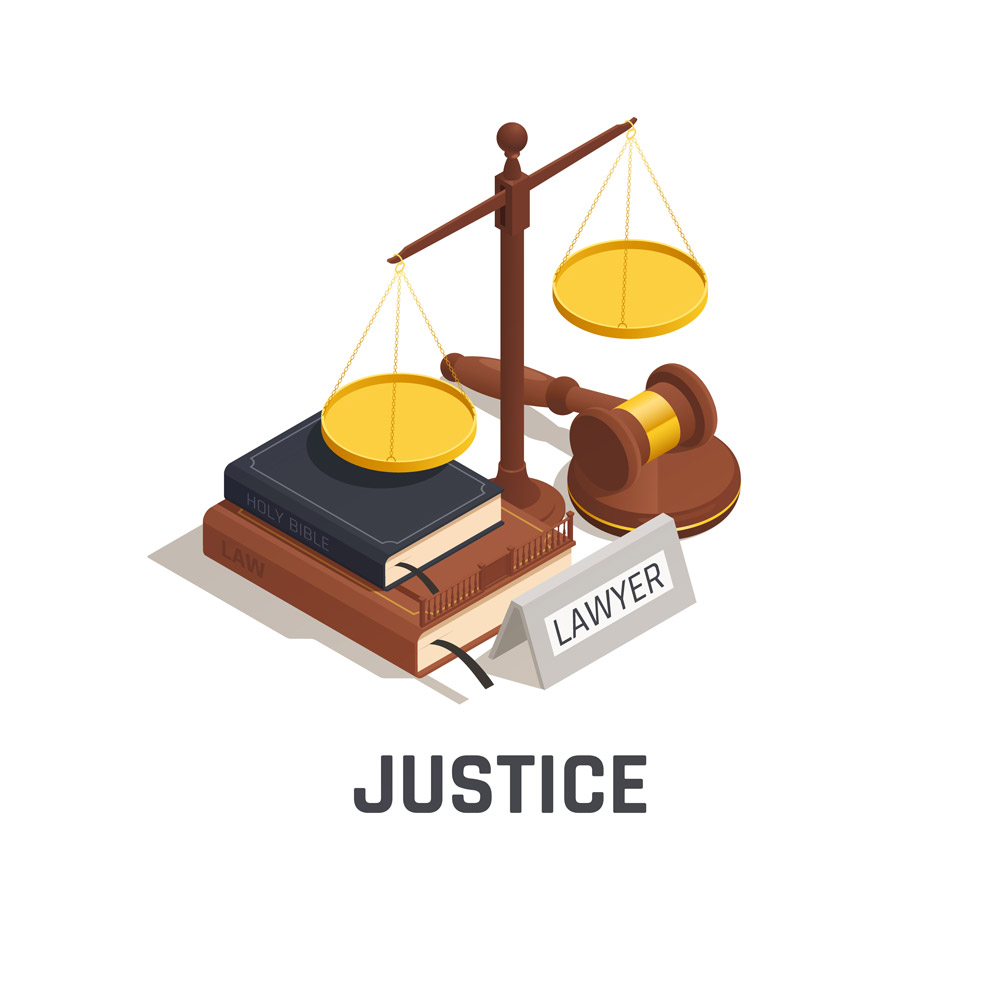Have you ever wondered what would happen if you ever had an accident while taking driving lessons? Is there any probable chance that you might face legal charges? What is the specific law referring to such situations? Will the court hold you liable for such accidents if you are still learning?
The Nettleship v Weston Case answers all of these questions and more.
What was the Nettleship v. Weston Case?
The question in the court was simply about whether the standard of care is applicable to a learner driver in the same manner as it is to an experienced driver or not. Providing clarity on this aspect, the English Court of Appeal delivered the judgment for breach of duty in negligence.
Nettleship v Weston Case is an essential case on standard of care in Tort Law. This case represents Tort Law at its most sensible and takes a broad-brush approach to justice.
What Are the Facts of the Nettleship v. Weston Case?

Simply put, the case was between Mrs. Weston (defendant) and her friend, Mr. Nettleship (plaintiff/claimant). Mrs. Weston wanted to learn to drive so she borrowed her husband’s car. Then, Mrs. Weston asked her friend, Mr.
Nettleship, to give her some driving lessons. Before agreeing to do so, he asked her about their insurance, whether it would cover injury costs of a passenger in the event of an accident or not. At his request, Mr. and Mrs. Weston showed him the insurance policy.
Afterward, the plaintiff started giving the defendant driving lessons where he found her very receptive to instructions and a good learner-driver. On her third lesson, however, the defendant had an accident where she crashed the car into a nearside lamp-post and caused serious injuries to Nettleship.
A few months later, the court held Mrs. Weston liable and charged her a fine for the lack of due care and attention in driving. Moreover, Mr. Nettleship filed a case claiming damages for negligence against Mrs. Weston. She denied negligence and filed a counterclaim.

Here Mrs. Weston asserted that since she was merely a learner driver, she should not be treated the same way an experienced driver would be treated. Furthermore, Mrs. Weston brought up the defence of volenti non fit injuria, saying that Nettleship was familiar with the risks of having a beginner at the wheel; Therefore, Mr. Nettleship could not be compensated.
How Was the Nettleship v. Weston Case Conducted?
Tort Law is always interrelated with other fields of law. Negligence in driving, according to the law, is a tort consisting of the breach of the duty of care, resulting in damage to a passenger, driver, or pedestrian. Hence, it is essential to consider an objective standard while dealing with a case of negligence. The court took different fields of law into consideration while concluding the matter of Nettleship and Weston.

What Was the Responsibility of the Defendant toward the Claimant under Criminal Law?
Despite the defendant’s inexperience, she was found liable for driving without due care and attention. Moreover, it was stated that a learner driver has the same responsibility of care as an experienced driver. As a result, every person driving a car is expected to meet the standard of care possessed by a skilled, experienced, and careful driver.
Was the Defendant Found Responsible for the Damaged Property?
According to Civil Law, the defendant was found liable for the damage to the lamp post. The law states that if a driver goes off the road and damages any form of property, he/she is prima facie liable (at first sight).
What was the ruling of the English Court of Appeal?

Taking every aspect of law into consideration, the judge dismissed the claims of Mrs. Weston. Consequently, he ordered the defendant to pay compensation for the period that Mr. Nettleship had been missing work. Both the plaintiff and the defendant were held responsible for the accident; Hence, a 50% damage reduction was imposed as a result of contributory negligence.
What’s the takeaway from the Nettleship and Weston case?
To sum up, be it a learner driver or an experienced driver, they owe the exact same duty of care to any passengers, pedestrians, or drivers. In addition, driving with reasonable care and skill is relevant in every situation. This case played a pivotal role in future cases, making contributory negligence the most common defense.
Nowadays, if there is a case in which the passenger is not being cautious, or if it has been acknowledged that the driver is intoxicated, this form of defense is used to reduce the damages. In such cases, a 20% reduction due to joint liability would be the most common outcome.




